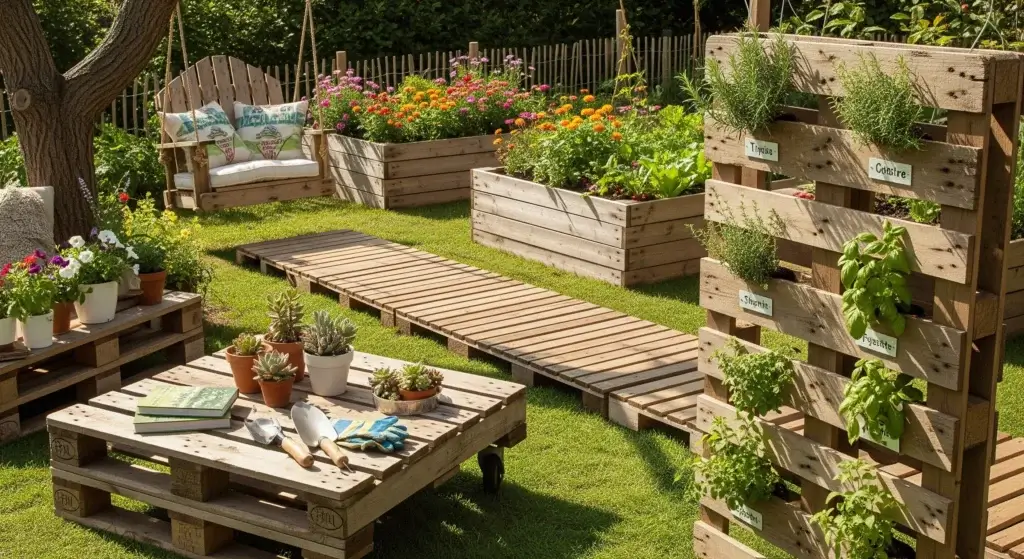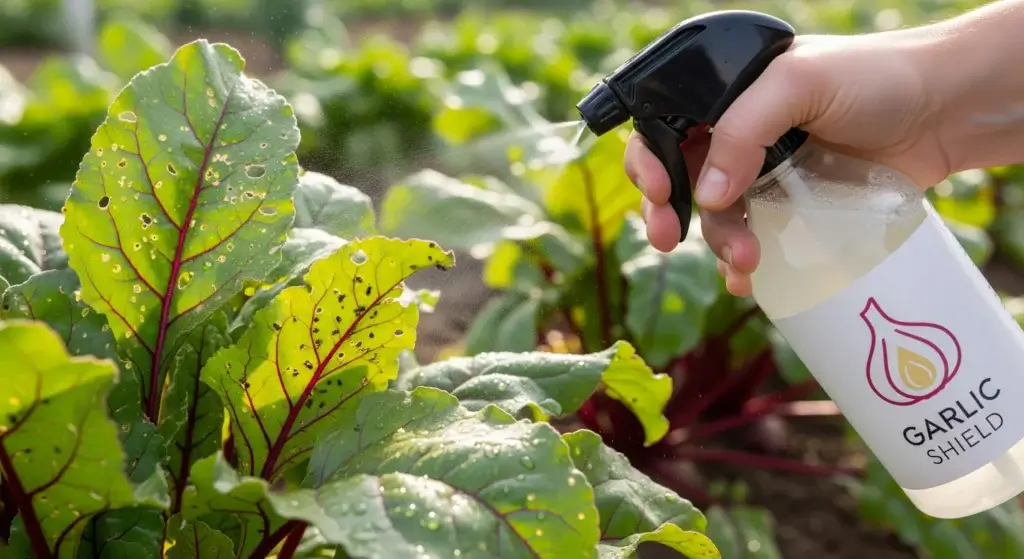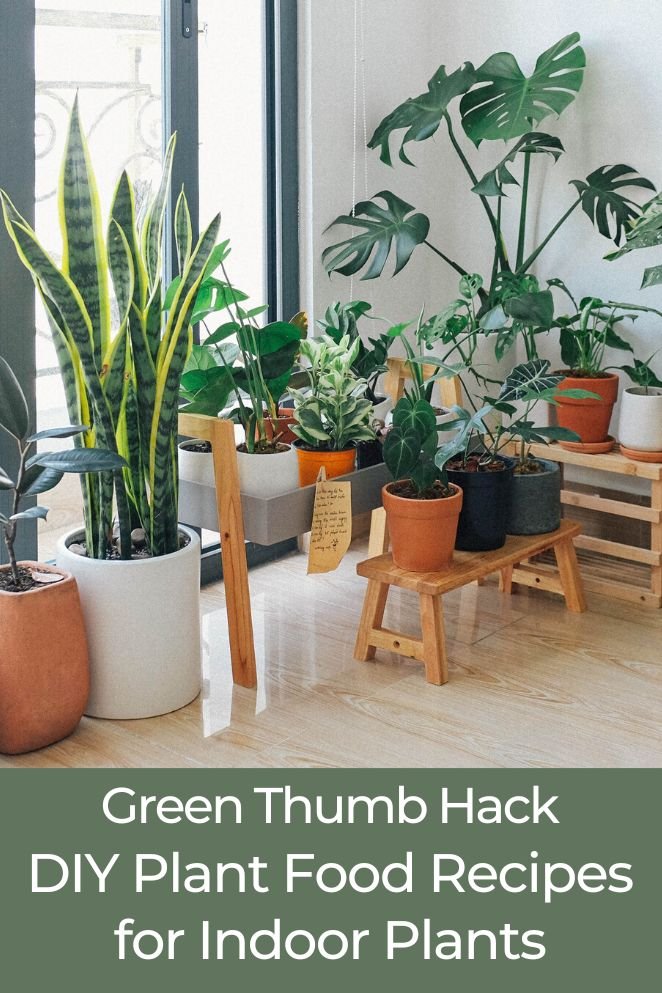
Indoor plants bring life and beauty to our homes, but they need proper nutrition to thrive.
While store-bought plant food can be effective, making your own DIY plant food for indoor plants is a cost-effective and sustainable alternative.
In this blog post, we will explore some of the best DIY plant food recipes for indoor plants using common household items, and provide tips on how to use them effectively to keep your indoor plants healthy and vibrant.
Homemade Plant Food Recipes
- Read also: How To Make a Natural Pesticide
- Read also: A Guide To The Types of Soil for Gardening
Banana peel fertilizer
- Why it works: Banana peels are rich in potassium, a vital nutrient for robust plant growth.
- How to make it: Chop up a few banana peels and immerse them in a jar of water for several days. This process allows the water to absorb the nutrients from the peels, creating a potassium-rich solution.
- Application: Use the nutrient-infused water to feed your plants, providing them with the essential potassium they need to thrive.
Eggshell fertilizer
- Why it works: Eggshells are an excellent source of calcium, which helps prevent blossom end rot in tomatoes and peppers.
- How to make it: Crush eggshells and either add them directly to the soil or mix them with water to create a calcium-enriched liquid fertilizer.
- Application: Apply the crushed eggshells or the liquid fertilizer to the soil, promoting strong and healthy plant development.
Coffee grounds fertilizer
- Why it works: Coffee grounds are rich in nitrogen, a beneficial nutrient for leafy green plants.
- How to make it: Sprinkle used coffee grounds directly on top of the soil or mix them with water to create a nitrogen-infused liquid fertilizer.
- Application: Incorporate coffee grounds into the soil or use the liquid fertilizer to support the growth of lush and vibrant leafy greens.
Epsom salt fertilizer
- Why it works: Epsom salt is a valuable source of magnesium, essential for seed germination and chlorophyll production.
- How to make it: Mix 1 teaspoon of Epsom salt with 1 gallon of water to create a magnesium-rich solution.
- Application: Water your plants with this Epsom salt solution, ensuring they receive the necessary magnesium for optimal growth and development.
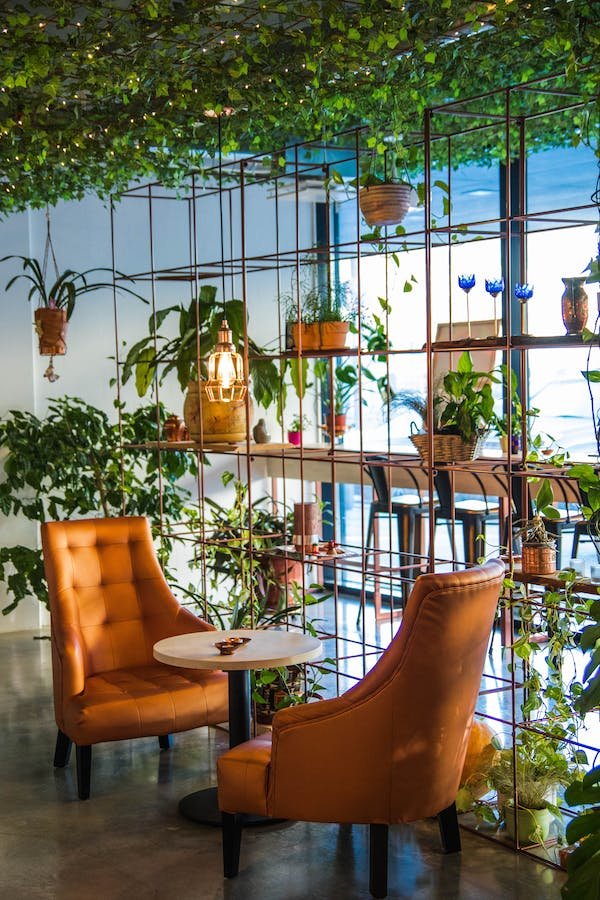
Benefits of Using Homemade Plant Food For Indoor Plants
The benefits of using homemade plant food for indoor plants are numerous and can significantly contribute to the health and well-being of your green companions.
Here are some of the key advantages of using homemade plant food for indoor plants:
Customizable nutrition
Homemade plant food allows you to tailor the nutrient content to meet the specific needs of your indoor plants.
Different plants require different nutrients in varying amounts, and by making your own plant food, you can ensure that your plants receive the customized nutrition they need for healthy growth and development.
Cost-effectiveness
Homemade plant food can be more cost-effective than store-bought options.
While some organic ingredients may be more expensive upfront, you can often make larger batches of homemade plant food for a fraction of the cost of buying pre-made fertilizers.
This can result in long-term savings, especially if you have a large number of indoor plants to care for.
Reduced chemical exposure
Store-bought plant food often contains chemicals and synthetic ingredients that can be harmful to both your plants and the environment. By making your own plant food, you can use organic ingredients that are free from harmful chemicals, promoting a healthier and more sustainable approach to plant care.
Eco-friendly
Homemade plant food is an eco-friendly alternative to store-bought fertilizers.
By using natural and organic ingredients, you can reduce your carbon footprint and avoid the use of chemical-based fertilizers that can be harmful to the environment.
This makes homemade plant food a great choice for those looking to adopt a more sustainable and earth-friendly approach to plant care.
Nutrient-rich ingredients
Many common household items, such as eggshells, coffee grounds, and banana peels, are rich in essential nutrients that can benefit indoor plants.
These natural ingredients can provide a healthy dose of nitrogen, phosphorus, potassium, and other micronutrients, promoting strong and vibrant growth in your plants.
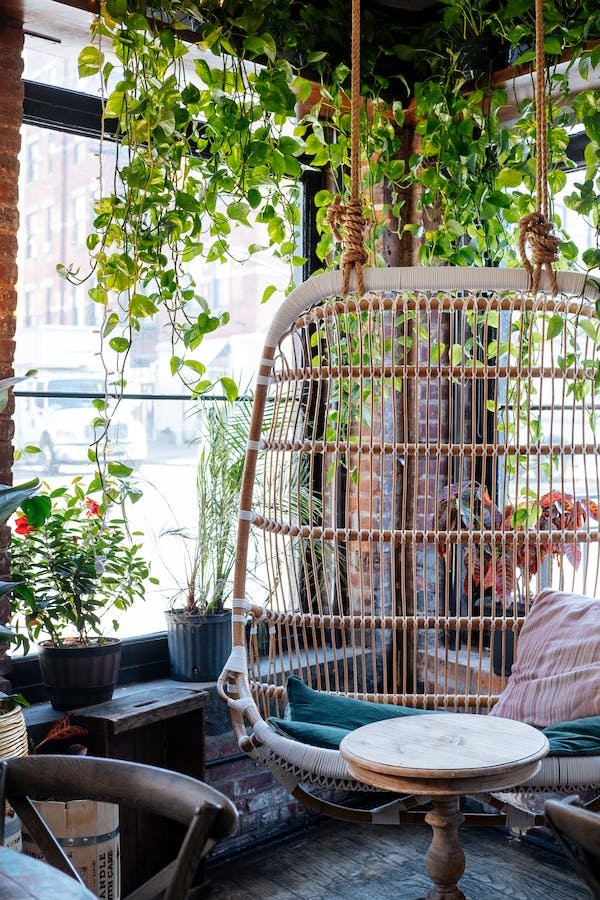
- Read also: A DIY Potted Plant Watering System Guide
- Read also: DIY Plant Shelf Indoor Ideas
Conclusion
Making your own DIY plant food for indoor plants is a simple and sustainable way to provide essential nutrients to your green companions.
By using common household items such as kitchen scraps, coffee grounds, eggshells, and Epsom salt, you can create effective plant food that will keep your indoor plants healthy and thriving.
With a little effort and creativity, you can avoid kitchen waste and save money while providing the best care for your indoor plants.
By incorporating these homemade fertilizers into your plant care routine, you can help your indoor plants grow beautifully and maintain a non-toxic environment in your home.
Additionally, these natural fertilizers can be a simple and safe way to nourish your indoor plants, promoting their growth and overall health.
FAQs
The best homemade fertilizer for indoor plants is a combination of organic materials, such as compost, manure, and kitchen scraps. These materials provide a balanced mix of essential nutrients for plant growth.
You can fertilize houseplants naturally by using banana peels, coffee grounds, eggshells, or Epsom salt. These common household items are rich in essential nutrients and can be used to create effective plant food for indoor plants.
Plants require a balanced mix of essential nutrients, including nitrogen, phosphorus, and potassium, to stay healthy and vibrant. Homemade plant food made from kitchen scraps and other household items can provide these essential nutrients to your indoor plants.


